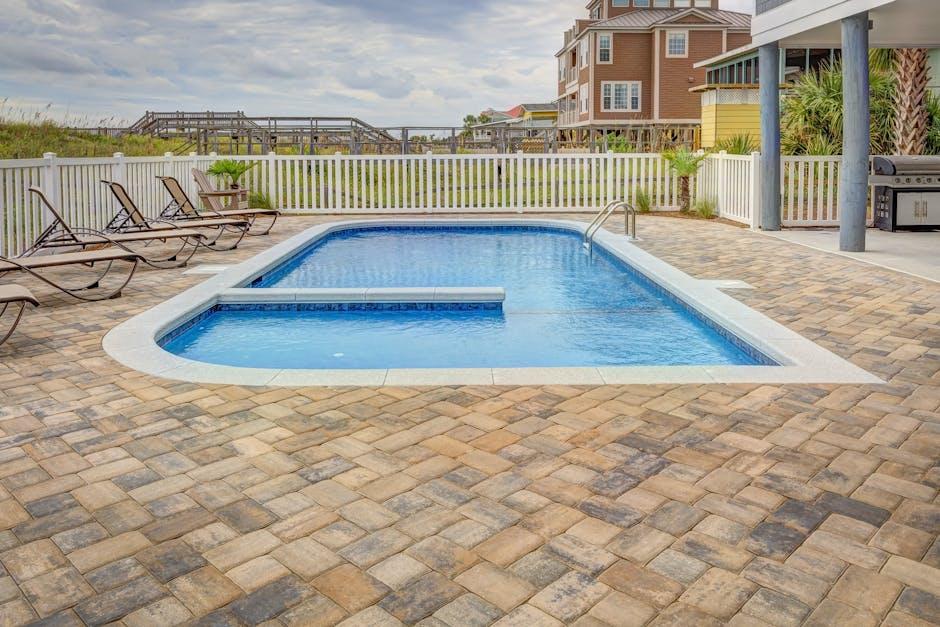In the opulent world of luxury homes, where grandeur and excess often serve as status symbols, the concept of overstaffing has emerged as a paradoxical challenge. While an abundance of service personnel is perceived as a hallmark of lavish living, it simultaneously fosters an environment ripe for inefficiency and waste. This phenomenon, prevalent in the most affluent households, not only inflates operational costs but also undermines the very essence of meticulous service that such homes strive to provide. By examining the underlying causes and implications of overstaffing, this article seeks to unravel the complexities of maintaining a balanced and efficient workforce in luxury residences. In doing so, it aims to illuminate pathways toward optimizing service quality while curbing unnecessary expenditures, thereby redefining the standards of excellence in high-end domestic management.
Impact of Overstaffing on Operational Efficiency
In the realm of luxury homes, the allure of having a robust workforce is often mistaken for a symbol of opulence. However, this can lead to a significant decline in operational efficiency. Overstaffing tends to create overlapping roles and responsibilities, resulting in unnecessary complexity and a dilution of accountability. This can lead to a host of inefficiencies that are counterproductive to maintaining the high standards expected in luxury living.
Some of the key issues associated with overstaffing include:
- Reduced Productivity: When more staff are present than necessary, the workload is spread too thin, leading to idle time and a lack of motivation.
- Increased Costs: The financial burden of salaries, benefits, and training for excess staff can escalate operational expenses significantly.
- Communication Breakdown: With too many individuals involved, miscommunication becomes more prevalent, complicating task coordination.
These challenges underscore the importance of a lean, well-coordinated team that can operate efficiently without excess. By aligning staffing levels with actual needs, luxury homes can maintain the balance between service excellence and operational sustainability.

Identifying Redundancies and Streamlining Roles
In the realm of luxury homes, the opulence often extends beyond the architecture and into the staffing. While the intention is to provide unparalleled service, overstaffing can lead to inefficiencies that undermine this very goal. It’s crucial to analyze roles within the household and pinpoint redundancies that inflate costs without adding value. This process begins with a comprehensive assessment of each role’s responsibilities and performance, ensuring that all tasks are necessary and performed efficiently.
Streamlining roles not only cuts down on unnecessary expenses but also enhances the quality of service. Consider implementing the following strategies:
- Cross-train employees: Encourage staff to acquire skills outside their primary roles, enabling them to handle multiple responsibilities and cover for one another as needed.
- Implement task rotation: This can prevent monotony and increase employee engagement, leading to improved productivity and job satisfaction.
- Utilize technology: Invest in smart home systems and automation to reduce the reliance on human labor for routine tasks, allowing staff to focus on more specialized duties.
By fostering a culture of efficiency and adaptability, luxury homes can maintain their exquisite standards while operating in a more sustainable and cost-effective manner.

Strategies for Optimizing Workforce Allocation
In the realm of luxury home management, ensuring optimal workforce allocation is crucial for maintaining high standards of service while avoiding the pitfalls of overstaffing. A strategic approach involves assessing the specific needs of each property and aligning them with workforce capabilities. Here are several strategies to consider:
- Conduct a Needs Assessment: Evaluate the unique requirements of each luxury property to determine the necessary staff roles and numbers. This can prevent the unnecessary allocation of personnel where they are not needed.
- Implement Flexible Staffing Models: Adopt flexible staffing arrangements such as part-time or on-call positions to accommodate fluctuating demands without committing to a full-time workforce that may lead to inefficiencies.
- Utilize Technology: Leverage smart home technology and automation to reduce the need for certain manual tasks, allowing staff to focus on areas where human intervention is indispensable.
- Cross-Train Employees: Invest in cross-training to enable employees to perform multiple roles, enhancing their versatility and reducing the need for a larger team.
By focusing on these strategies, luxury home managers can effectively allocate their workforce, ensuring that each team member’s contribution is maximized while minimizing waste and inefficiency.

Implementing Cost-Effective Staffing Solutions
In the realm of luxury homes, where every detail is meticulously crafted, the staffing approach often becomes a paradox of abundance. While the allure of comprehensive service is undeniable, excessive staffing can lead to inefficiencies that undermine the very opulence they aim to support. Crafting a cost-effective staffing solution requires a strategic balance that prioritizes both quality and necessity.
- Skill Alignment: Prioritize hiring staff with versatile skill sets. A well-rounded team member can seamlessly transition between roles, reducing the need for multiple specialists.
- Technology Integration: Leverage smart home technologies to automate routine tasks, allowing staff to focus on more personalized and high-value services.
- Data-Driven Decisions: Utilize analytics to assess staffing needs based on actual demand rather than assumptions, ensuring resources are allocated efficiently.
By embracing these strategies, luxury homeowners can foster an environment where elegance meets efficiency, transforming potential waste into sustainable excellence.



